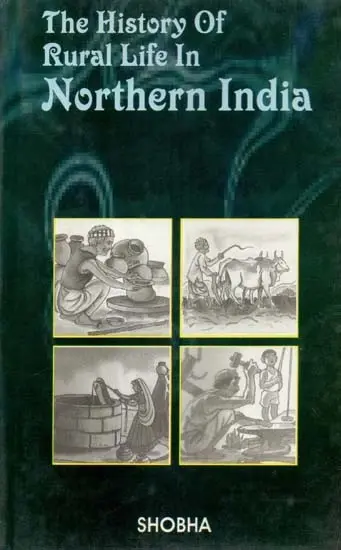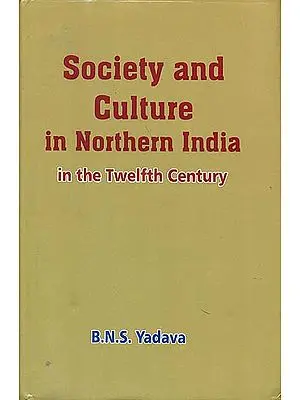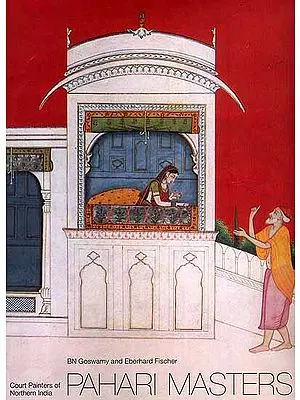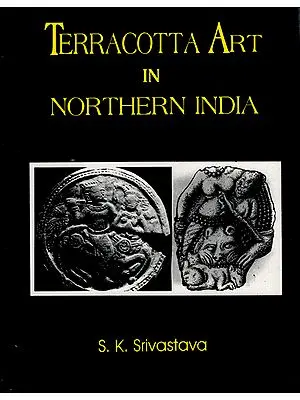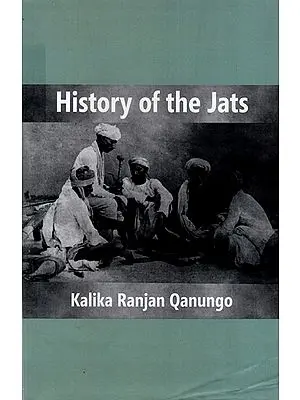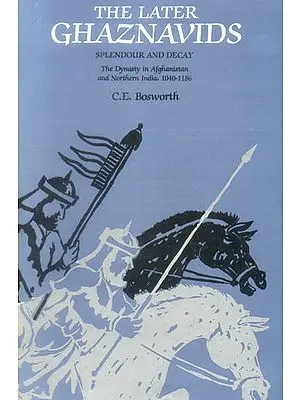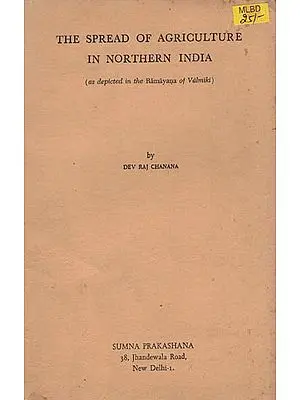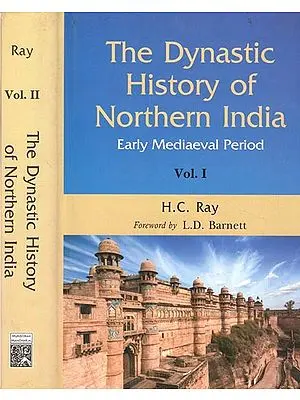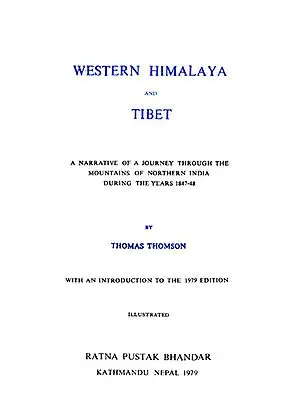The History of Rural Life in Northern India
| Specifications |
| UAH756 | |
| Publisher: Sanjay Prakashan | |
| Author: Shobha | |
| Language: English | |
| Edition: 2004 | |
| ISBN: 8174530061 | |
| Pages: 194 | |
| Cover: HARDCOVER | |
| 9.00 X 6.00 inch | |
| 360 gm |
| Delivery and Return Policies |
| Ships in 1-3 days | |
| Returns and Exchanges accepted with 7 days | |
| Free Delivery |
So far no serious efforts have been made by historians to make a comprehensive, systematic and scientific and systematic study of the rural life as a whole during early medieval period. The real objective of the rural history is to bring to light the (relation of) material, social and intellectual Uni verse of the rural community or communities at a particular juncture or in a particular period of history. And yet far from fulfilling such great design studies relating to rural history have usually assumed the form of an enumeration of land measure and fiscal terms which are still not clearly under stood. Admittedly, rural history must begin with the study of land use management as land lies at the most basic level of rural experience.
Subsequently joined Indo-Dutch project on salinity at Karnal. She is keen scholar of Ancient Indian History.
She is currently teaching in the Government Collegé, Dujana, Jhajjar.
So far no serious efforts have been made by historians to make a comprehensive, systematic and scientific and systematic study of the rural life as a whole during early medieval period. The real objective of the rural history is to bring to light the (relation of) material, social and intellectual Universe of the rural community or communities at a particular juncture or in a particular period of history. And yet far from fulfilling such great design studies relating to rural history have usually assumed the form of an enumeration of land measure and fiscal terms which are still not clearly understood. Admittedly, rural history must begin with the study of land use management as land lies at the most basic level of rural experience.
Book's Contents and Sample Pages
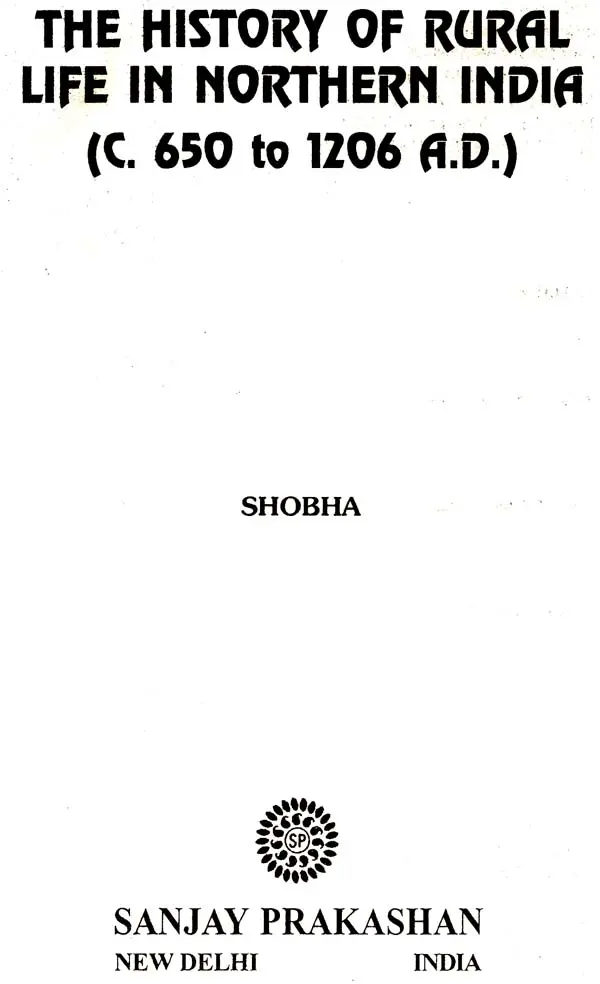
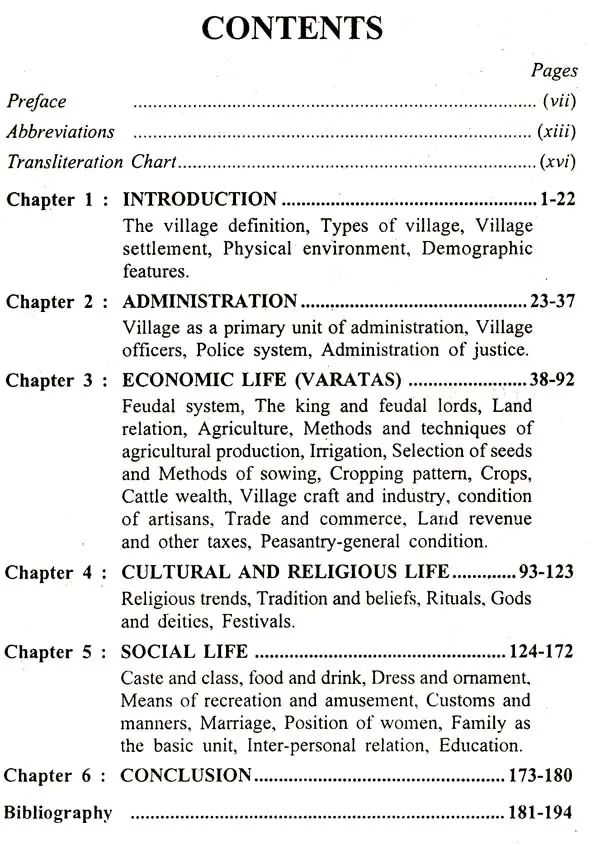
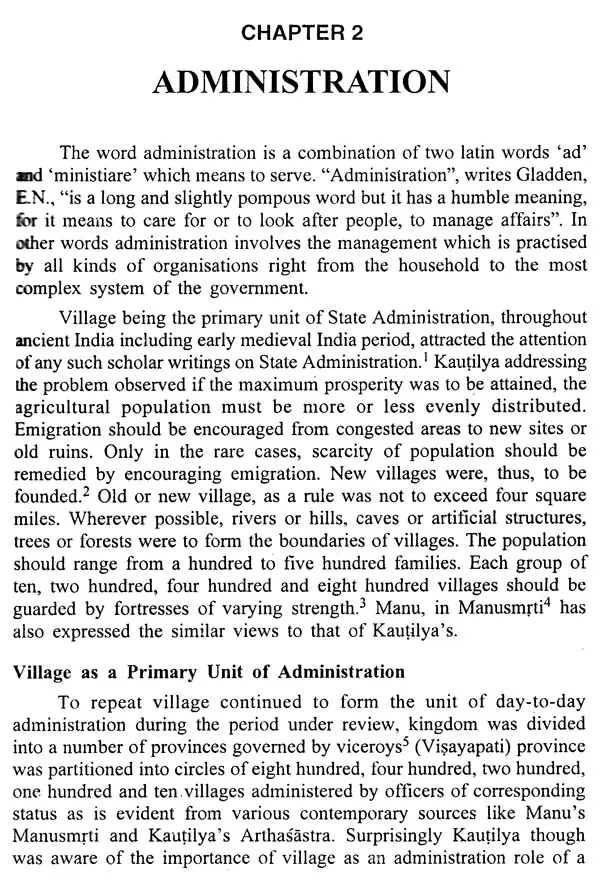
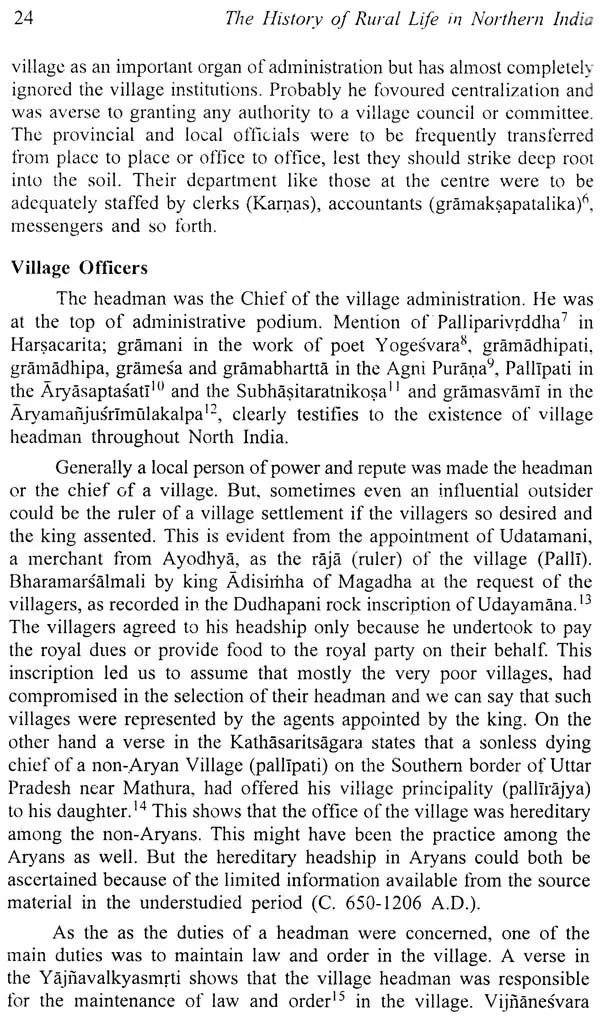
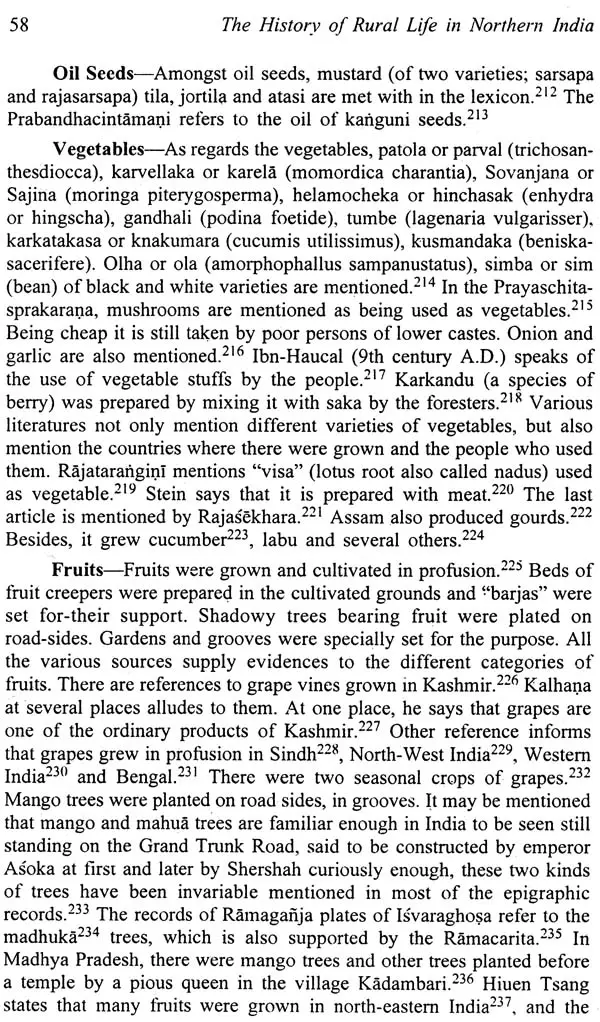
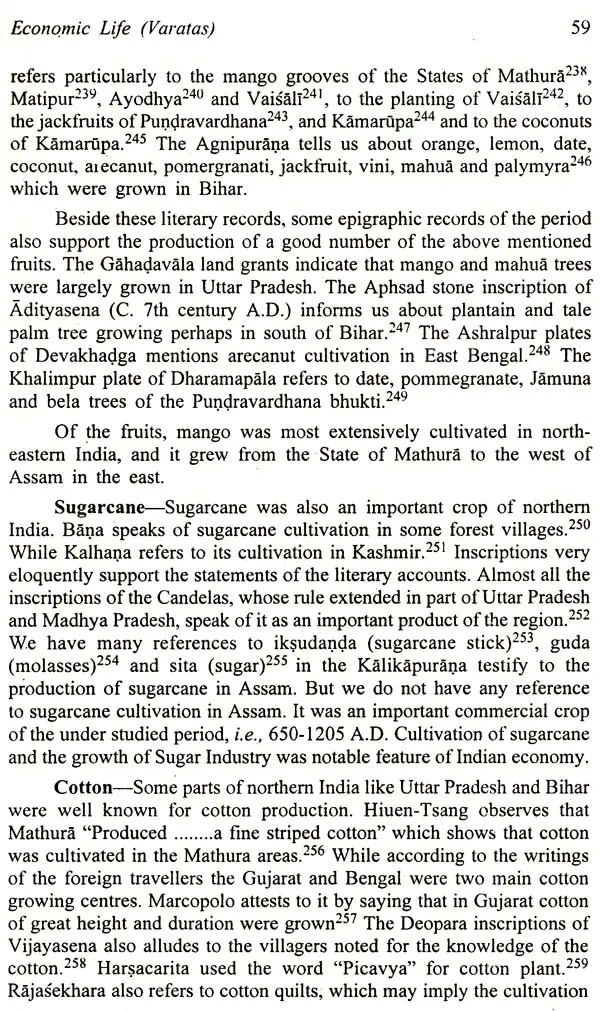
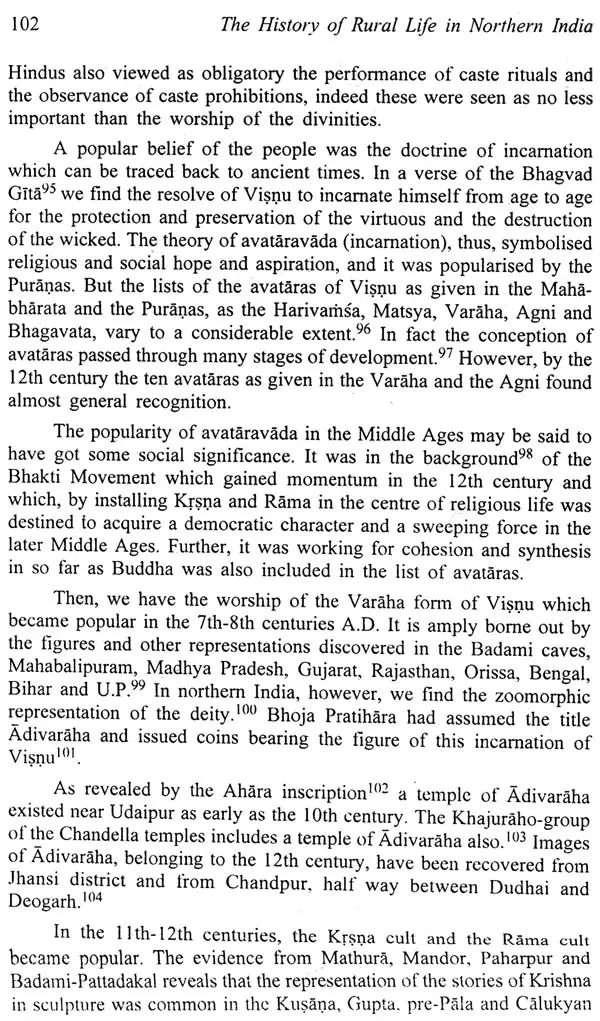
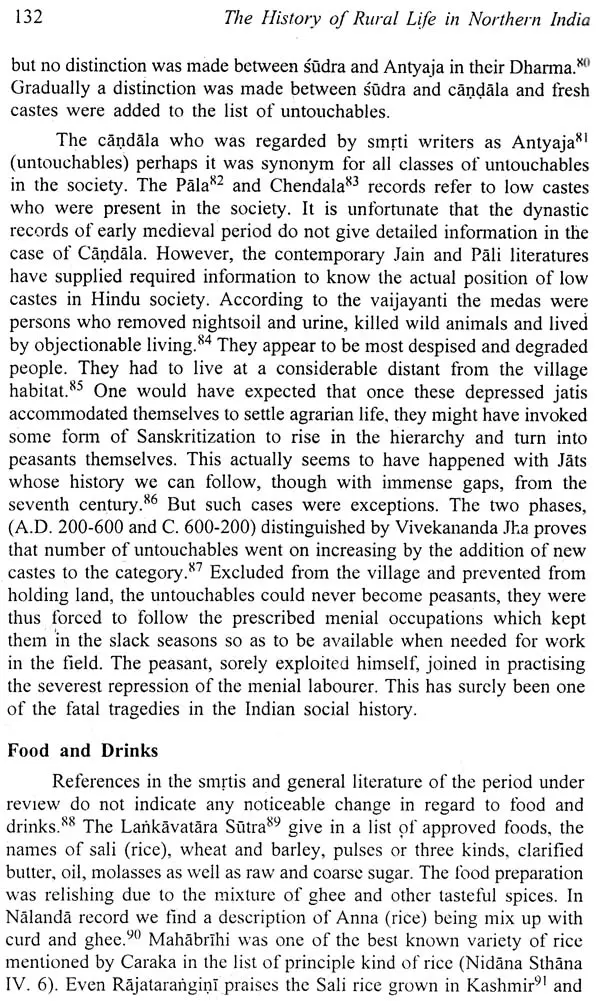
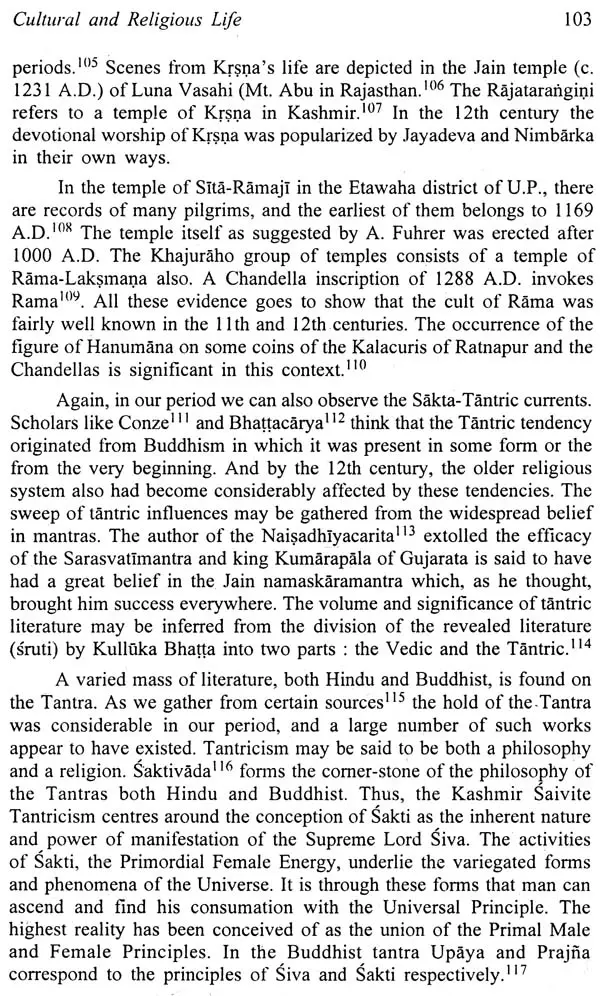
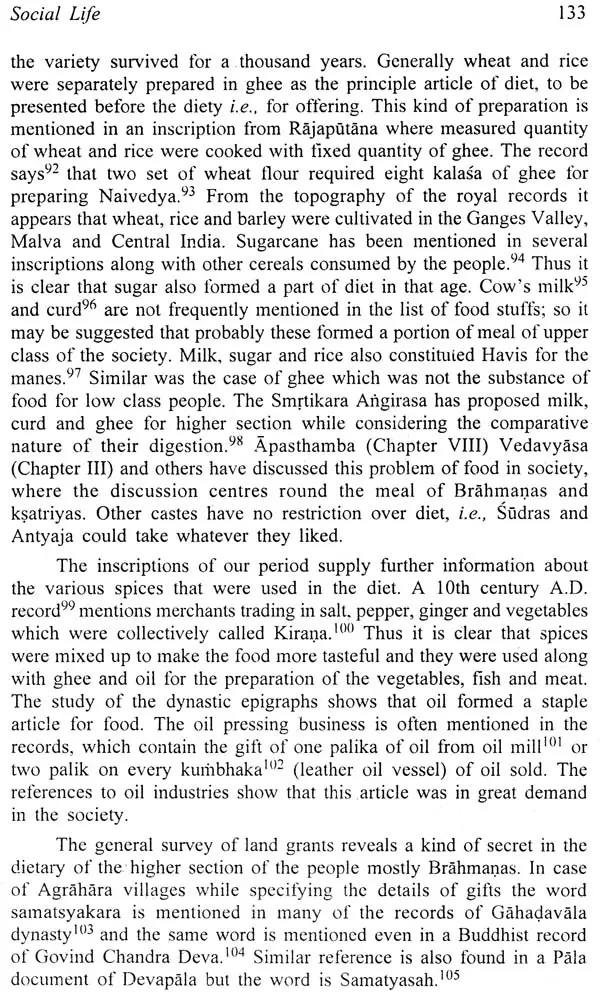
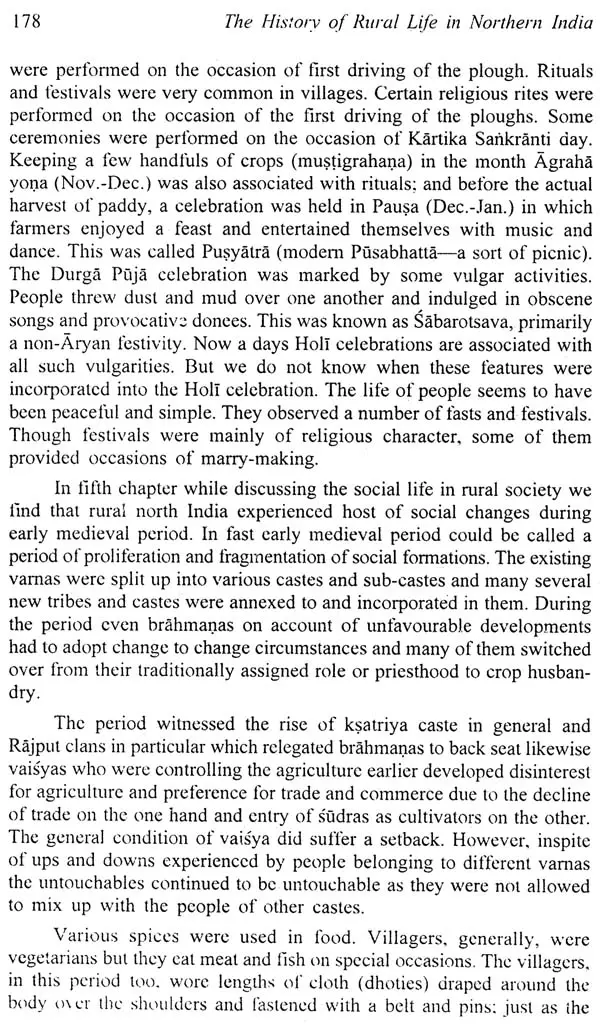
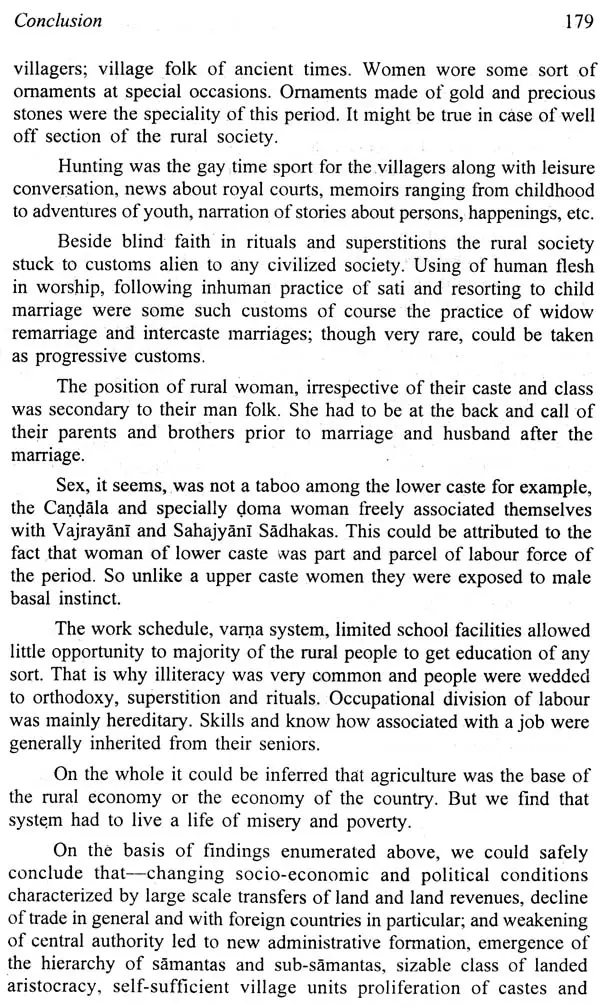
-
Q. What locations do you deliver to ?A. Exotic India delivers orders to all countries having diplomatic relations with India.
-
Q. Do you offer free shipping ?A. Exotic India offers free shipping on all orders of value of $30 USD or more.
-
Q. Can I return the book?A. All returns must be postmarked within seven (7) days of the delivery date. All returned items must be in new and unused condition, with all original tags and labels attached. To know more please view our return policy
-
Q. Do you offer express shipping ?A. Yes, we do have a chargeable express shipping facility available. You can select express shipping while checking out on the website.
-
Q. I accidentally entered wrong delivery address, can I change the address ?A. Delivery addresses can only be changed only incase the order has not been shipped yet. Incase of an address change, you can reach us at help@exoticindia.com
-
Q. How do I track my order ?A. You can track your orders simply entering your order number through here or through your past orders if you are signed in on the website.
-
Q. How can I cancel an order ?A. An order can only be cancelled if it has not been shipped. To cancel an order, kindly reach out to us through help@exoticindia.com.













